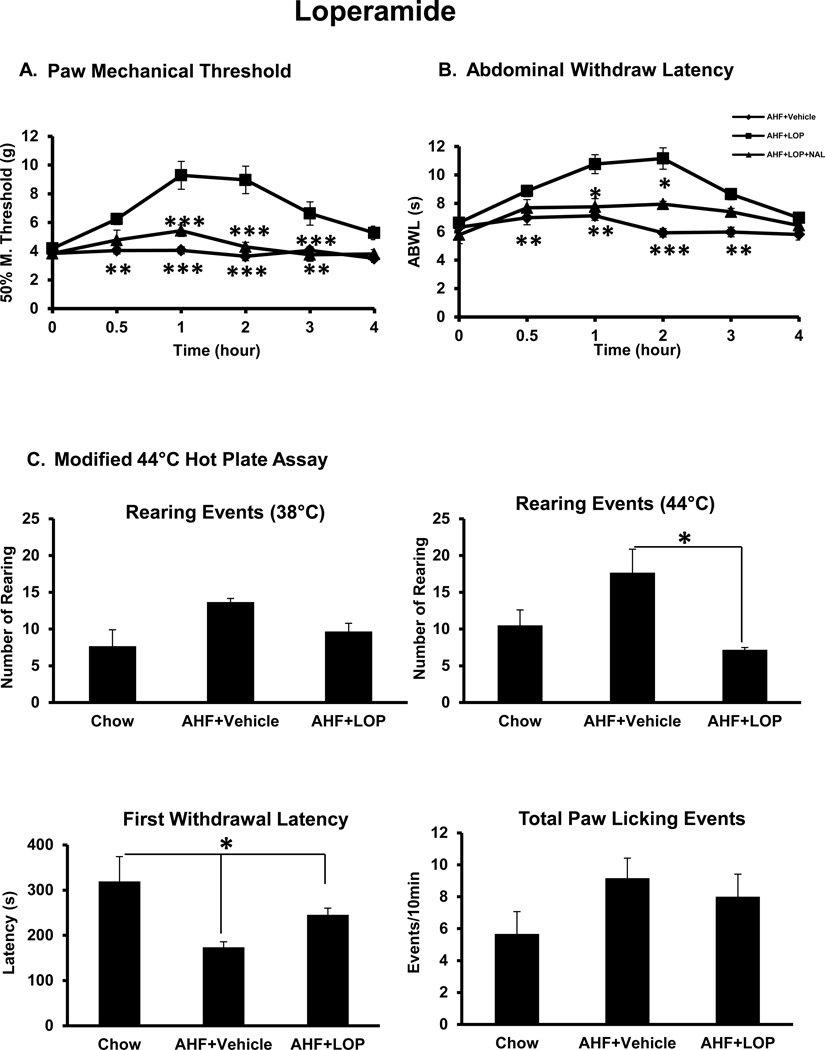Fig. 5. Effect of Peripherally Restricted Opiate, Loperamide.
A. Paw mechanical allodynia. Rats fed with AHF for 6 weeks, were given loperamide (1mg/kg, i.p). Loperamide effectively attenuated the paw mechanical allodynia in rats with AHF pancreatitis. The effect began at 0.5 hour, peaked at 1 hour, and persisted for 4 hours. This effect was reversed by naloxone methiodide (n=6/group; **p<0.01; *** p<0.001, two-way ANOVA, Bonferroni post-test). B. Abdominal heat hyperalgesia. Rats with AHF pancreatitis were given loperamide (1mg/kg, i.p). Treatment effectively attenuated abdominal heat hyperalgesia. The effect began at 0.5hour, peaked at 1 hour, and persisted for 4hours. This effect was reversed by naloxone methiodide (n=6/group; *p<0.05; ** p<0.01; *** p<0.001; two-way ANOVA, Bonferroni post-test). C. Noxious 44°C hotplate stimulus: Loperamide treatment reduced the number of rearing events of rats with AHF pancreatitis on the 44°C hotplate and prolonged the first response latency. There was a statistically significant difference comparing AHF pancreatitis rats with/without drug treatment (n=6/group; *p< 0.05 by two-way ANOVA).

